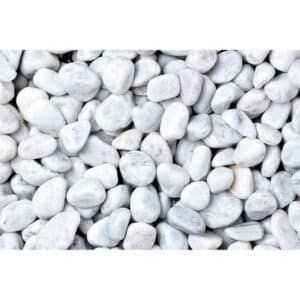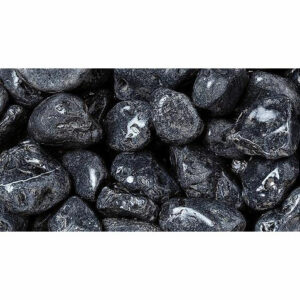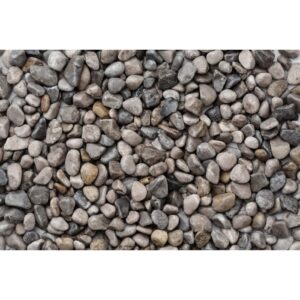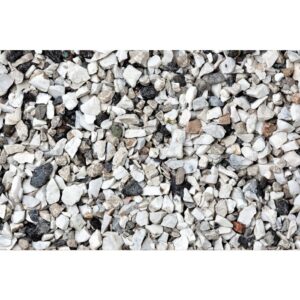Gravel isn’t just a practical ground cover, it’s a design asset! Gravel is a versatile solution that meshes functionality with aesthetic charm. Whether used for walkways, plant beds, or low-maintenance landscapes, gravel shines in modern and traditional gardens alike.

Why Choose Gravel?
1. Low Maintenance & Cost-Effective
Gravel gardens are a dream for busy gardeners. No mowing, no watering, no fertilizing; just occasional weeding, raking, and topping up. This translates to significant savings in time and money, making gravel a smart choice for sustainable landscaping.
2. Water-Smart & Ecologically Friendly
Gravel promotes water conservation by allowing rain to infiltrate the soil rather than run off. It acts as a mulch, retaining moisture and supporting healthy root systems. Gravel gardens also encourage biodiversity by supporting drought-tolerant plants and pollinators.
3. Erosion Control & Drainage
On slopes or areas prone to runoff, gravel stabilizes soil and prevents erosion. It’s especially effective along drainage paths or near water features, helping manage water flow while maintaining aesthetic appeal.
4. Aesthetic & Design Flexibility
From warm browns to cool grays, gravel comes in a range of colors and textures to suit any garden style. It transitions beautifully between garden zones, patios, and borders. In Japanese gardens, it’s even used to create tranquil, raked patterns.
5. Weed Suppression & Soil Health
Gravel mulch reduces the need for herbicides and maintains a clean look over time. Unlike organic mulches, it doesn’t decompose, making it a long-lasting solution. Just ensure a weed-free base and choose plants suited to gravel environments.
Design Tips & Best Practices
Choose the Right Gravel: Match gravel type to its intended use—opt for stability on walkways and visual appeal near plantings.
Prepare the Ground: Start with level, weed-free soil. In wet areas, consider a compacted sub-base or porous fabric (though some experts advise against fabric in planting zones).
Use Edging: Install borders to contain gravel and maintain clean lines.
Planting Considerations: Gravel pairs well with drought-tolerant plants like sedum, thyme, and alliums. A gravel mulch can help trap rainwater around plant bases.
Upkeep Routines: Expect monthly weeding, raking, leaf clearing, and occasional gravel replenishment.
Styling Ideas from Real Gardens
Gravel Garden Rooms: Define seating areas, borders, and pathways while maintaining flow and cohesion.
Succulent & Xeriscape Beds: Combine gravel with water-wise plants for a modern, sustainable look.
Stepping Stones in Gravel: Create clean, navigable paths with stepping stones set in gravel.
Dry Riverbeds & Decorative Accents: Use varied gravel sizes and colors to craft scenic features that are both functional and beautiful.
-

Lapillo 12-16 mm – 18 kg (18-22Lt)
Lava / Volcanic rock - Magmatic mineral, ground and carefully screened ready fo...
€9.90 -

Bianco Carrara Ciottoli 15/25mm 25kg
€14.90 -

Bianco Carrara Ciottoli 60/100mm 25kg
€16.90 -

Nero Ebano Ciottoli 20/50 in sacchi da Kg 10
€9.90 -

Ciottoli di Fiume 40-60mm 25kg
€16.00 -

Grigio Cielo Ciottoli 15/25mm 25kg
€22.00 -

Grigio Perla Venato 4/5 (8-16 mm) 25kg
€12.00 -

Verde Alpi Ciottoli 20/50mm 25kg
€22.00
Care Tips for Long-Term Beauty
Gravel gardens are low-maintenance, but not maintenance-free. Regular upkeep ensures your garden stays beautiful year-round. Keep an eye out for weeds, redistribute gravel as needed, and refresh the top layer occasionally to maintain its crisp appearance.
Ready to Transform Your Garden?
Visit Sherries Estates to explore our wide selection of garden gravel and get advice on designing your perfect gravel garden. Whether you’re starting fresh or updating an existing space, we’re here to help you create a garden that’s practical, stylish, and sustainable.